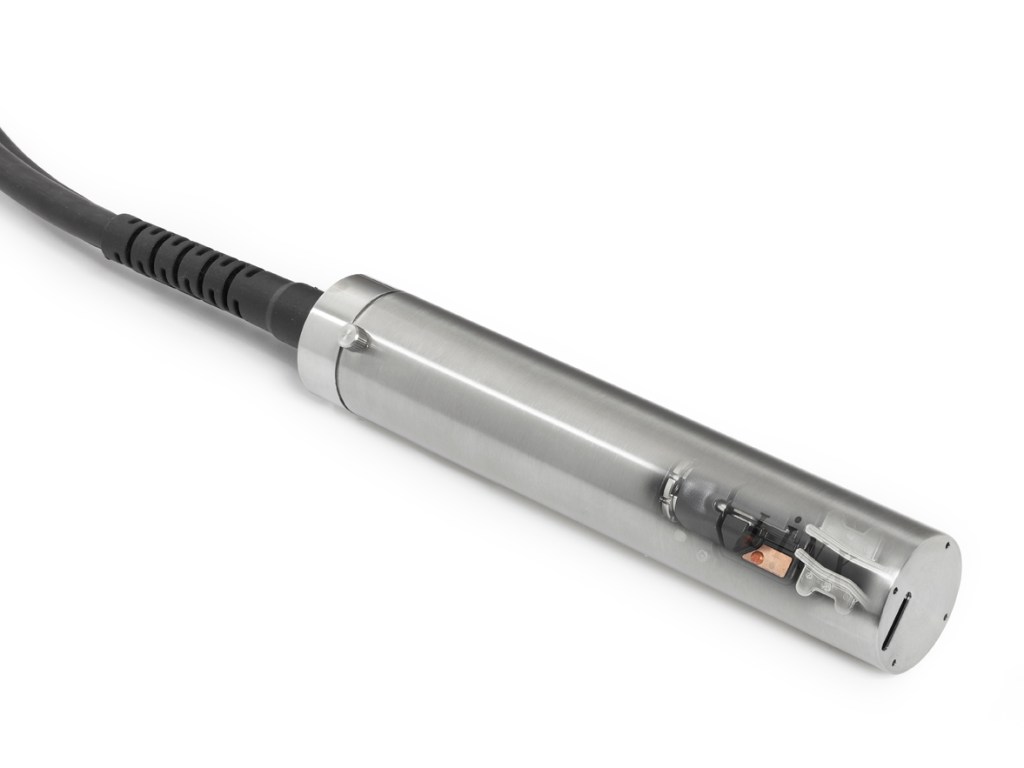Why is a CIJ printhead critical to maintaining uptime? 5 must-ask questions

Do you spend too much of your day on areas that should run themselves, including your end-of-line printer?
Keeping production running, ensuring product traceability, and avoiding costly downtime is critical, but so is spending your time on the other areas of your line that really matter. When it comes to your end-of-line printer, you expect reliable, high-quality operation from your coder to maintain uptime.
So where does a CIJ printhead come into this?
The most important thing to consider when comparing CIJ printers is the printhead.
Printheads can often be overlooked but are a core element of the printer. After all, that’s what produces the code. Ensuring you have a robust printhead that doesn’t need daily intervention means less time manually cleaning, reduced risk of damage, clear and consistent codes, and more efficient production.
1) What are the cleaning intervals?
All printheads accumulate dried ink, but the speed of the accumulation depends on the design and can vary significantly. Accumulated dried ink can block the printhead nozzle and result in poorly printed codes or stop the printer completely.
Cleaning interval requirements are an indicator of the speed at which ink accumulates. The faster a printhead accumulates dried ink the more risk to your code. Different printheads on the market require different cleaning intervals, some daily!
A printhead with effective automatic cleaning built-in will significantly extend the cleaning intervals, maintaining production uptime and saving valuable cleaning time and fluids.
2) Are critical components protected?
If critical parts are exposed there is a greater risk of costly damage caused by accidental knocks or drops, and consequently a risk of associated downtime.
A printhead that is sealed and has critical parts protected reduces the risk of damage and repairs. Sealed designs can also reduce high voltage tracking (EHT trips) in the head, reducing downtime.
3) Do any components need regular manual adjustment?
Some printheads require small and fragile parts and screws to be replaced or adjusted daily. This frequent interaction heightens the risk of associated issues and downtime caused by accidental damage, tampering or incorrect adjustment.
A printhead where no adjustments are needed, and with no fragile or moving parts minimises the risk of downtime on your production line.
4) How and where is viscosity measured?
Changing environmental conditions can have an impact on print quality. To keep the print quality consistent and avoid poor print, the printer needs to react to changing temperature and jet speed and make automatic adjustments. Some printers do not measure jet speed in the printhead, and so cannot react quickly. Viscosity in some printers is measured in the printer, meaning adjustment is slower.
A printhead that measures temperature and jet speed in the head in real-time, allows the system to automatically make instantaneous adjustments to keep the print quality consistent.
5) What shape are the charging plates?
The charging plates in a printhead can have an impact on printer uptime. Some printheads have angular plates which are more prone to ink build up on the surfaces where the charge is concentrated, and therefore causing EHT trips.
A printhead that has curved plates reduces the concentration of charge, and the likelihood of ink build up and EHT trips, meaning the printhead runs for longer.
Summary: What to look for in your CIJ printing solution
- Quick, clean startups every time, even if printer is used infrequently
- Automatic built-in printhead cleaning to ensure continual reliable operation with minimal manual cleaning
- A robust, completely sealed, no-adjustment printhead for maximum reliability and protection from costly, physical damage
- A design that measures jet speed and temperature in the head to deliver consistent print
- An intelligent design that keeps the printhead running for longer, with a printhead suitable for your printing needs.
